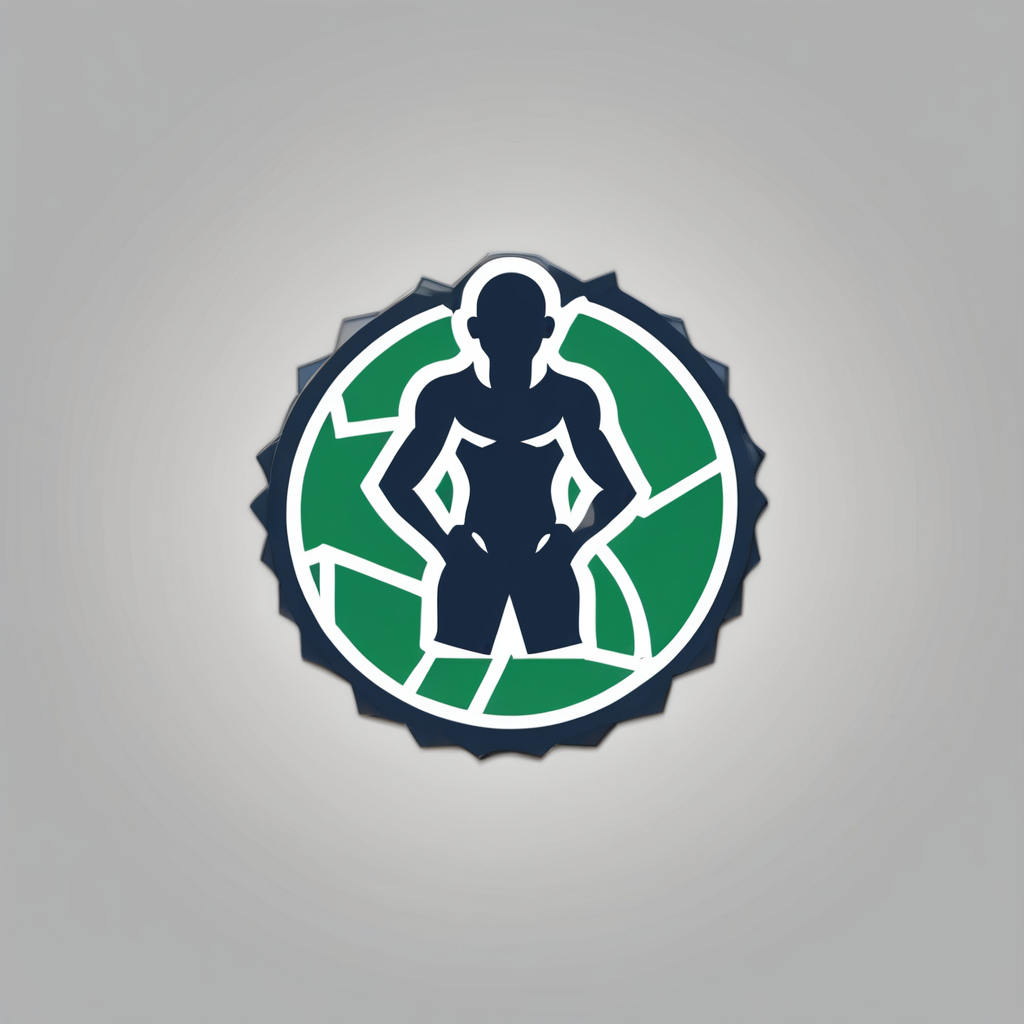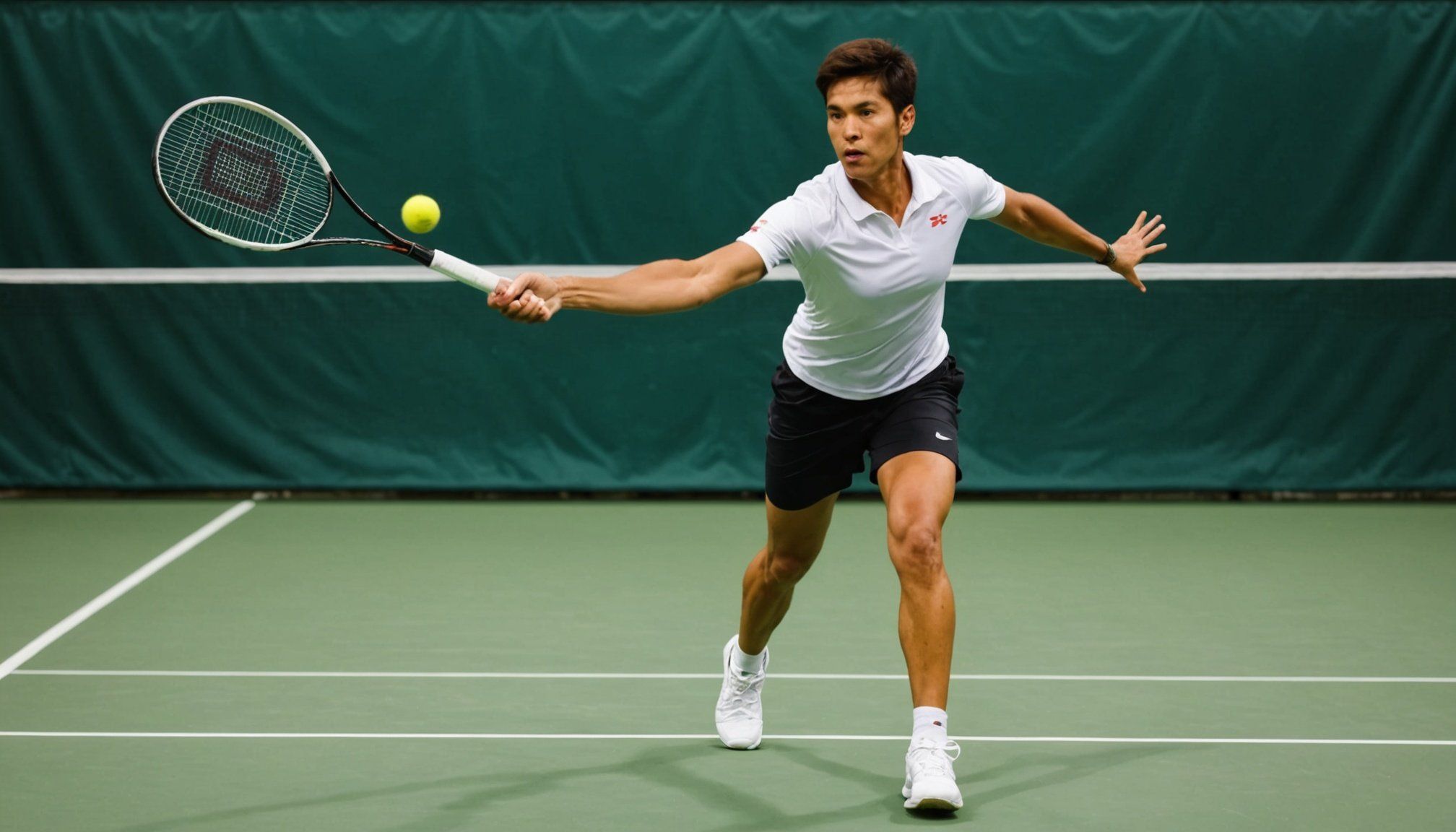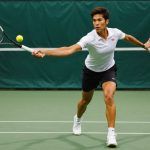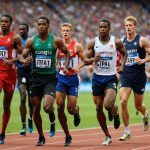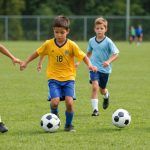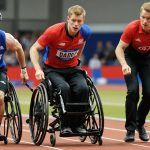In the fast-paced realm of racquet sports, hand-eye coordination stands as a crucial pillar for success. Whether you are swinging a tennis racket on a clay court or maneuvering a badminton shuttlecock under bright lights, the ability to synchronize sight and action defines the line between victory and defeat. This article delves into specialized drills designed to enhance your hand-eye coordination, empowering you with skills that are pivotal on the court. By implementing these strategies into your training regimen, you’ll find yourself reacting quicker, hitting more accurately, and playing with confidence.
Understanding Hand-Eye Coordination in Racquet Sports
Hand-eye coordination is more than just a physical skill; it is the seamless connection between the brain’s visual processing and the body’s motor responses. For racquet sports enthusiasts like yourselves, this coordination is indispensable. It dictates how effectively you can track the ball or shuttlecock and respond with precision.
Additional reading : What are the advantages of participating in sports for children’s social development?
In sports like tennis and badminton, players must constantly assess the speed, spin, and trajectory of the ball or shuttle. This requires split-second decisions that depend heavily on refined hand-eye coordination. Without it, even the most powerful strokes can result in missed opportunities or unforced errors.
Why is it important? Although it is often assumed to be an innate ability, hand-eye coordination can be honed through intentional practice. By understanding its role in racquet sports, you can better appreciate the drills that enhance it. Each drill targets different aspects of coordination, from reaction time to spatial awareness, tailored to refine your game.
Also to discover : How does the environment play a role in the performance of athletes in outdoor sports?
The Benefits of Improved Hand-Eye Coordination
- Increased Reaction Speed: Players can adjust to fast-paced scenarios, making split-second decisions with ease.
- Enhanced Accuracy: Greater precision in stroke execution, leading to more points scored.
- Better Anticipation: Improved ability to predict opponents’ moves, providing a strategic edge.
By focusing on drills that enhance these aspects, you’ll not only improve your performance but also gain a psychological advantage on the court.
Drills to Boost Hand-Eye Coordination
Introducing a plethora of drills into your training can substantially boost your hand-eye coordination. These exercises are not only practical but also challenging, pushing players to their limits and beyond.
Shadow Swing Drills
Shadow swings are a versatile practice tool that incorporates no equipment other than your racquet. By practicing your swings without the pressure of hitting a ball or shuttlecock, you can focus purely on technique and coordination.
Here’s how to perform a basic shadow swing drill:
- Stand in your usual stance, holding your racquet as you would during a match.
- Execute various strokes – forehands, backhands, smashes – while imagining the path of the ball or shuttle.
- Pay attention to your footwork, ensuring it aligns with your imaginary strokes.
- Repeat this for set intervals, refining your timing and fluidity.
Ball Toss and Catch
This seemingly simple exercise is excellent for honing your reaction time and visual tracking.
Steps to Follow:
- Stand with a partner or against a wall.
- Toss a ball to each other or against the wall, increasing speed gradually.
- Focus on catching with one hand to further challenge coordination.
- Switch hands to maintain bilateral dexterity.
The simplicity of this drill belies its effectiveness, forcing players to react quickly and accurately.
Reaction Ball Drills
The reaction ball, an odd-shaped tool, bounces unpredictably, necessitating heightened attention and rapid response.
How to Use:
- Drop the reaction ball from a height and try to catch it as it bounces off the ground.
- Use both hands alternately to improve ambidexterity.
- Increase the challenge by standing at different distances or incorporating lateral movements.
Incorporating Technology for Enhanced Training
The digital age offers innovative solutions to age-old challenges. In the pursuit of improved hand-eye coordination, technology can be a valuable ally.
Virtual Reality (VR) Training
VR systems can simulate racquet sports environments, offering players immersive experiences that mimic real matches. This tool is invaluable for practicing decision-making and coordination in a controlled setting.
Benefits:
- Players can simulate various match scenarios, practicing responses without physical exertion.
- Different modules can target specific coordination skills, such as response time or spatial judgment.
Eye-Tracking Software
Utilized by professional athletes, eye-tracking technology provides data-driven insights into how players visually perceive their playing environment.
Application:
- Analyzing eye movements can reveal areas for improvement, such as tracking speed or focus during strokes.
- Personalized feedback allows players to develop tailored strategies enhancing their coordination.
By embracing these technologies, you can elevate your training, understanding your gameplay on a microscopic level and refining areas that require attention. Innovation in training tools offers new pathways to athletic excellence.
Progress Tracking and Long-Term Improvement
Improving hand-eye coordination is a journey, not a destination. As you implement these drills and techniques, consistent progress tracking is essential to ensure continuous growth.
Setting Achievable Goals
Set realistic, measurable goals that map your progress over time. Whether it’s reducing reaction time on serves or increasing the accuracy of volleys, having tangible targets fuels motivation.
Strategies:
- Use performance metrics such as match statistics and personal records to gauge improvement.
- Document your training, noting specific drills, durations, and frequencies.
Feedback and Adjustment
Regularly seek feedback from coaches or peers who can provide objective assessments of your coordination skills. Constructive criticism is a cornerstone of improvement.
Reassessing Techniques:
- Revise training plans based on feedback, reallocating time to focus on weaker areas.
- Embrace iterative learning, where each practice session builds upon the last.
Ultimately, the path to superior hand-eye coordination is paved with dedication, analytical insight, and a commitment to excellence. As you persevere, the rewards on the court will be undeniable.
In the competitive world of racquet sports, honing hand-eye coordination is not a luxury but a necessity. As we’ve explored, a variety of drills can significantly enhance this crucial skill, improving your overall performance and giving you a competitive edge. By integrating these exercises into your training routine, embracing technological advancements, and maintaining a disciplined approach to progress tracking, you position yourself for success.
The journey of refining hand-eye coordination is ongoing. By staying committed and focusing on continuous improvement, you’ll not only elevate your game but also enjoy a more enriching sporting experience. With each swing, each serve, and each point won, you’ll witness the transformative power of finely-tuned coordination.
